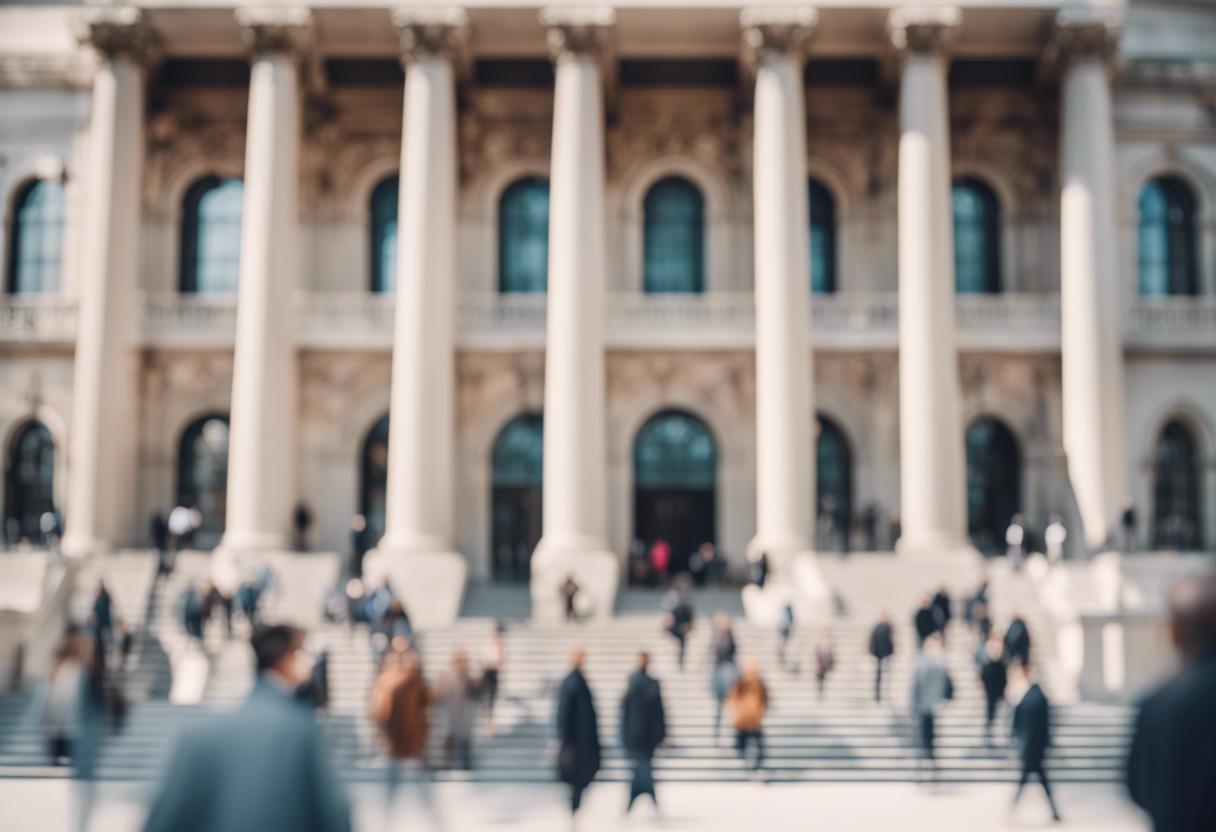The National Gallery of Ireland is marking its 170th anniversary with the unveiling of an ambitious strategic plan, the first under the helm of Director Dr Caroline Campbell, who took on the role 18 months prior.
Over a century and a half ago, on August 10, 1854, the National Gallery Act was enacted and a decade later the gallery debuted with an initial collection of 100 artworks. Today, the collection boasts of 17,000 works.
A key aspect of the new strategy is the establishment of the gallery’s first-ever scientific laboratory devoted to the appreciation and preservation of its artwork. The initiative will commence with focussing on the collection of Jack B Yeats paintings.
Despite attracting over a million visitors in the past year, the gallery is determined to extend the accessibility of its collection. This is to be achieved by ramping up loaning of artworks, echoing recent temporary exhibits such as that of Yeats’ oil paintings at the Model in Co Sligo and the lending of Caravaggio’s ‘The Taking of Christ’ to the Ulster Museum in Belfast.
In celebration of its milestone year, the gallery disclosed the procurement of several new pieces amongst which includes a rare Rembrandt print titled ‘Landscape with Cottages and a Hay Barn’. Sensitivity to light however means this piece will not be publicly displayed. This acquisition marks the first time the gallery has procured such a print.
The gallery has also procured new artworks including Dairine Vanston’s ‘On Huband Bridge’, an oil on canvas, and Hughie O’Donoghue’s large-scale creation, ‘Original Sins (2022)’. The latter was commissioned to acknowledge the Decade of Centenaries and draws inspiration from the painting ‘The Marriage of Strongbow and Aoife’ by Daniel Maclise.
Women’s art will be a focus in future acquisitions, following the successful exhibition of works by female impressionists. In addition, Dr Campbell unveiled plans for initiating a master plan to enhance the infrastructure of the gallery on Merrion Square, including adding an education centre.
Emphasizing the significant role education plays in a museum’s initiatives today, she expressed the gallery’s keen intent to invite families and young people to help them recognise the artwork as theirs. The primary objective remained in maximising the public good the gallery currently provides.

